PDF-A Roadmap for Strategic Enforcement
Author : singh | Published Date : 2021-07-01
Complaints and Compliance with San Franciscos Minimum Wage Report by Daniel J Galvin Jenn Round Janice Fine Introduction The San Francisco Office of Labor Standards
Presentation Embed Code
Download Presentation
Download Presentation The PPT/PDF document "A Roadmap for Strategic Enforcement" is the property of its rightful owner. Permission is granted to download and print the materials on this website for personal, non-commercial use only, and to display it on your personal computer provided you do not modify the materials and that you retain all copyright notices contained in the materials. By downloading content from our website, you accept the terms of this agreement.
A Roadmap for Strategic Enforcement: Transcript
Download Rules Of Document
"A Roadmap for Strategic Enforcement"The content belongs to its owner. You may download and print it for personal use, without modification, and keep all copyright notices. By downloading, you agree to these terms.
Related Documents

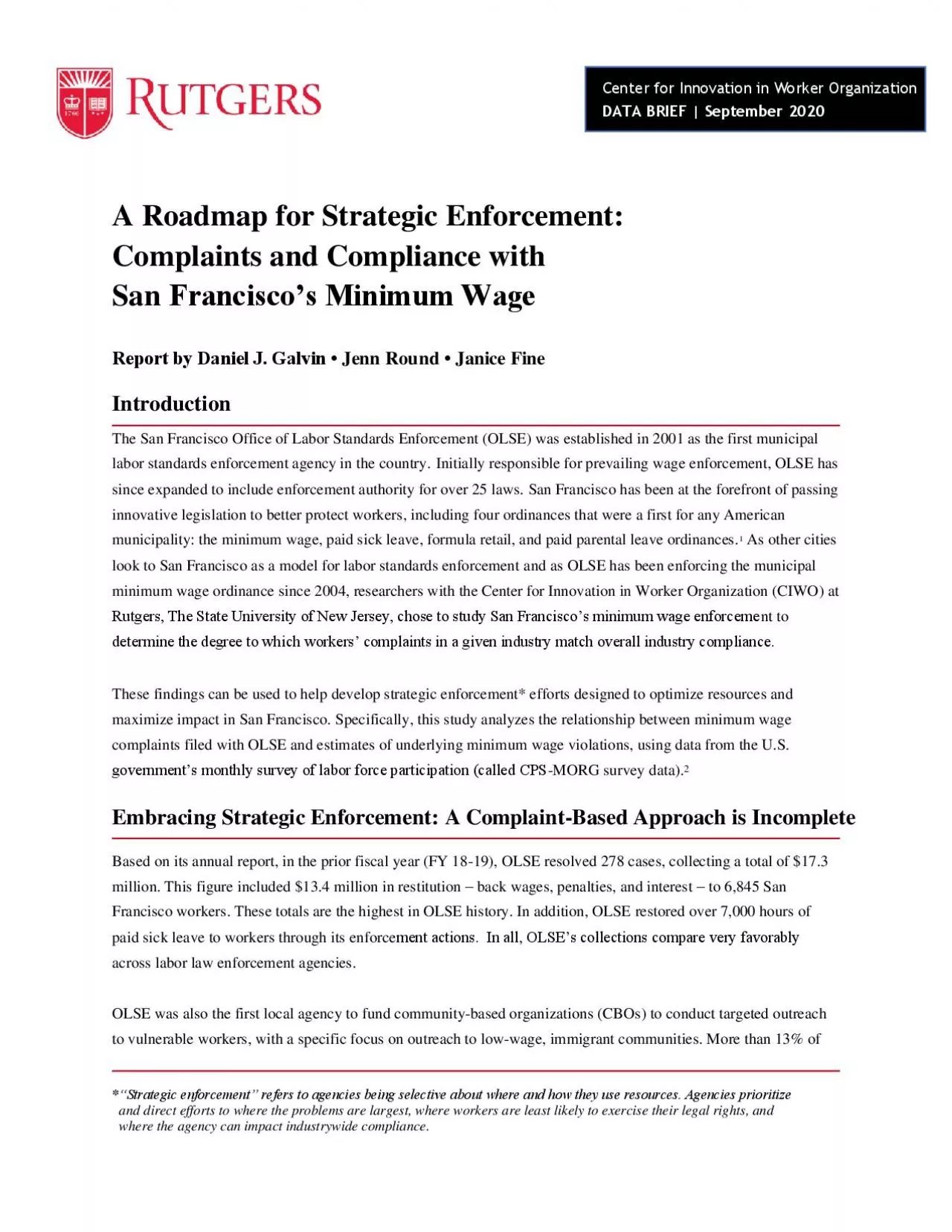



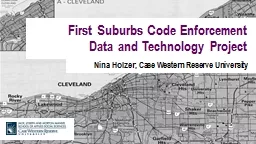
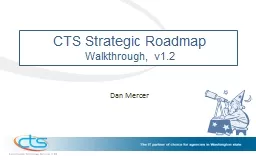
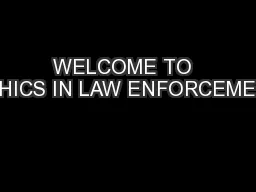




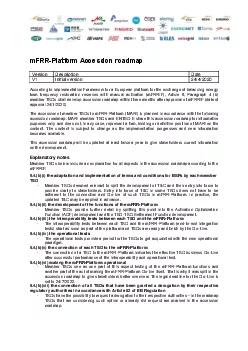
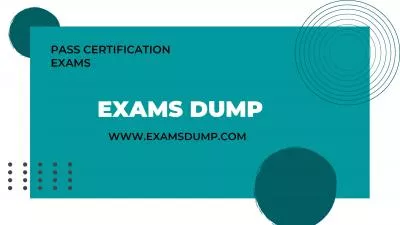
![Module VI.1 Roadmap development Trainer: [Name]](https://thumbs.docslides.com/1068018/module-vi-1-roadmap-development-trainer-name.jpg)